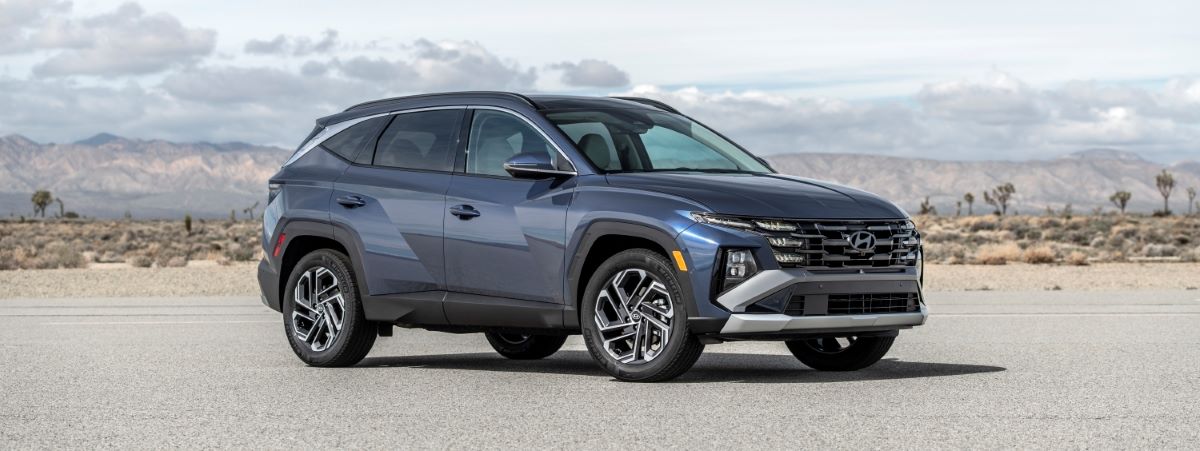When it comes to vehicle resale value, many factors come into play: brand reputation, mileage, condition, and, importantly, the vehicle’s trim level. Trim variations can significantly impact how much a car retains its value over time.
For some vehicles, choosing a higher trim with premium features can boost resale value considerably, making the investment worthwhile. Conversely, lower trims might depreciate faster due to fewer features and less appeal on the used market.
This variability in resale based on trim level can influence buyers when deciding which model to purchase, as resale value often factors into overall cost of ownership.
However, not all vehicles follow this pattern. Some models maintain relatively stable resale values regardless of trim level.
Whether base or fully loaded, these vehicles hold their worth fairly evenly, often due to strong overall demand, reliable performance, or standardized features across trims. For these vehicles, choosing a trim level comes down to personal preference rather than concerns about future depreciation.
In this article, we explore both sides of the spectrum. First, we will examine five vehicles whose resale values depend heavily on the trim level chosen, highlighting the differences and reasons behind this variation.
Next, we’ll look at five vehicles where resale value remains consistent across trims, explaining the market dynamics and features that contribute to this stability. Understanding these trends can help buyers make more informed choices when selecting a vehicle.
Also Read: 5 Cars That Sound Cheap But Last Forever and 5 That Sound Fancy But Fail
5 Vehicles Whose Resale Depends On Trim
Resale value is a critical consideration for car buyers, especially those who plan to sell or trade in their vehicle after a few years. One factor that can dramatically influence resale value is the trim level selected at purchase.
Some vehicles have trim levels that differ widely in features, performance, and overall desirability, leading to significant variation in their depreciation rates. Higher trims often include advanced technology, luxury amenities, and enhanced performance packages that appeal more to used car buyers, thus retaining value better.
Conversely, base trims with fewer features might struggle to hold their value, as they may not meet the expectations of a broader resale audience.
This phenomenon is particularly noticeable in luxury brands and vehicles with multiple trim layers, where the difference between entry-level and top-tier trims can be substantial.
For example, a fully loaded SUV with all the safety tech, leather interiors, and premium sound system will often command a higher resale price than its barebones counterpart.
Additionally, performance trims with sport-tuned suspensions and stronger engines often attract enthusiasts in the used market, boosting their resale value compared to standard trims.
On the other hand, some mainstream vehicles have such strong reputations or standardized feature sets across trims that resale value differences are less pronounced.
But for this section, we focus on those models where the choice of trim clearly impacts how much value the vehicle retains over time.
Understanding these differences is vital for buyers who want to maximize their investment and for sellers aiming to get the best return on their vehicle.
Below, we explore five vehicles where resale hinges notably on trim level, explaining why these disparities exist and what buyers should consider when choosing their trim.
1. Lexus RX
The Lexus RX is a luxury midsize SUV that exemplifies how trim level impacts resale value significantly. The RX lineup spans from the base RX 350 to the high-end RX 500h F Sport Performance hybrid.
This range represents a wide spectrum of luxury, technology, and performance features, which directly influence how much value these vehicles hold over time.
Higher trims of the RX come with premium leather upholstery, advanced driver-assistance systems, larger infotainment displays, and hybrid powertrains that offer better fuel efficiency and enhanced performance.
These upgrades not only elevate the driving experience but also appeal more to used buyers looking for a comfortable, feature-rich luxury SUV.
Conversely, the base RX 350, while still well-equipped compared to mainstream SUVs, lacks several high-end features, which can lead to a steeper depreciation curve.
Buyers in the used market often gravitate toward the better-equipped trims, as they offer more comfort, technology, and perceived value for the money.
The F Sport trims add sporty styling and suspension tuning that attract enthusiasts, further boosting resale values in the used market. Hybrid trims, with their fuel savings and environmental appeal, tend to retain value better as well.
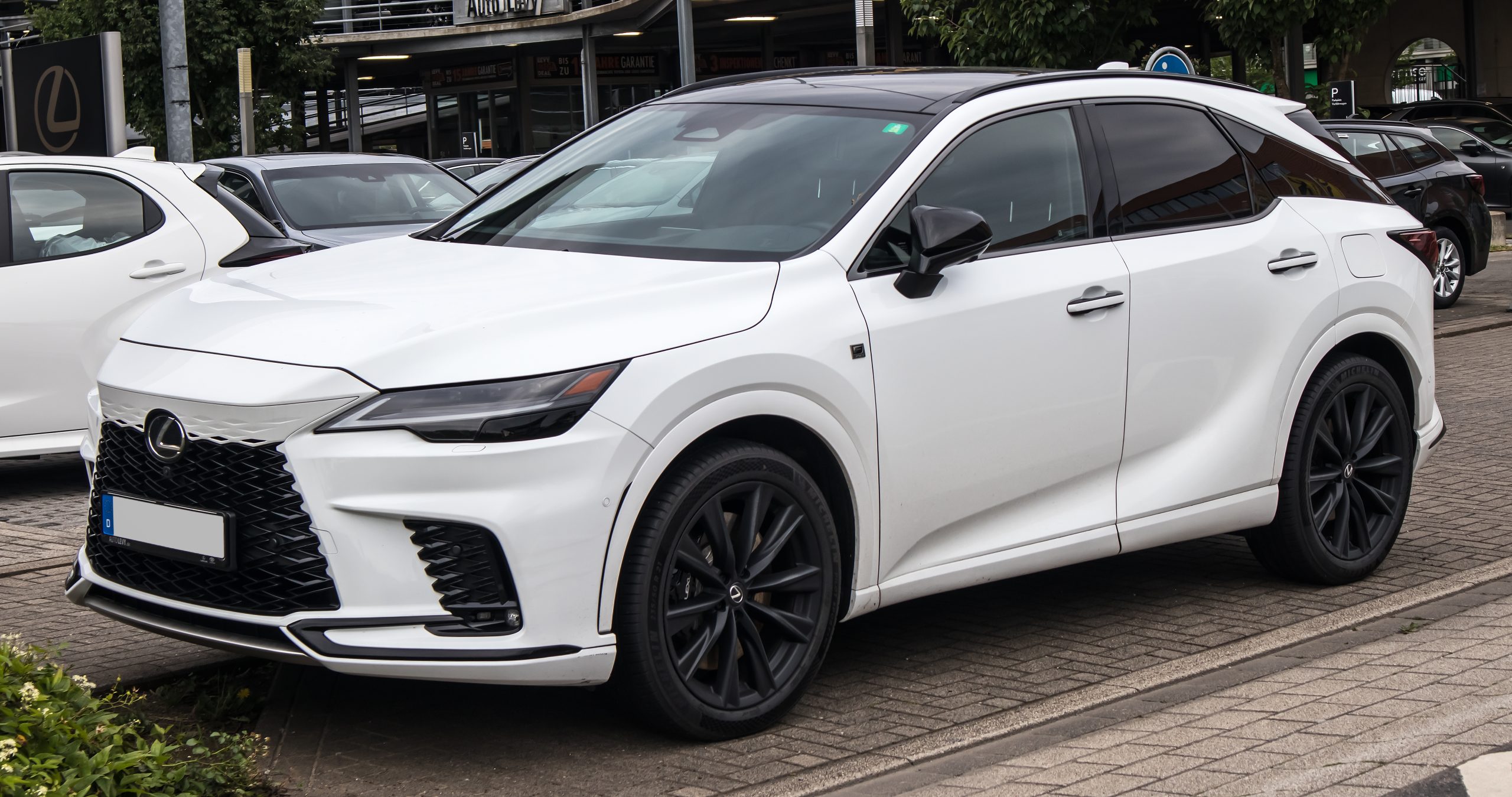
Overall, Lexus’s reputation for reliability helps all trims retain value reasonably well, but the disparity between base and top trims is clear.
The enhanced features and hybrid technology in higher trims command higher resale prices, making trim choice a crucial factor for potential Lexus RX buyers focused on resale value.
2. BMW 3 Series
The BMW 3 Series is an iconic luxury sedan known for its driving dynamics, prestige, and advanced technology. However, its resale value varies considerably depending on the trim chosen.
The 3 Series lineup ranges from the base 330i to the high-performance M340i and even M3 variants, with each trim offering distinct features and performance capabilities that influence used market demand.
Base trims like the 330i come equipped with a turbocharged four-cylinder engine and standard luxury features, but higher trims introduce more powerful engines, upgraded suspensions, and sportier aesthetics.
The M Performance trims, especially the M340i, offer a substantial boost in horsepower and handling finesse, making them more desirable to buyers seeking both luxury and performance.
In the used market, trims with the M Performance badge tend to hold their value better because they appeal to enthusiasts and those willing to pay a premium for sportier models.
These trims often include upgraded brakes, sport seats, and enhanced technology packages that base models lack. Additionally, the availability of all-wheel drive (xDrive) and optional luxury packages on higher trims add to their desirability and, consequently, their resale value.
Base trims, while still luxurious compared to non-luxury sedans, tend to depreciate faster due to a lack of these enhancements and a lower initial price point. Buyers often perceive higher trims as offering better long-term value for the price paid.

In summary, for the BMW 3 Series, choosing a higher trim not only elevates the driving experience but also significantly affects the vehicle’s resale value, making trim selection a critical consideration for buyers aiming to maximize their investment.
3. Jeep Grand Cherokee
The Jeep Grand Cherokee is a versatile midsize SUV known for its off-road prowess and luxury features. However, the resale value of the Grand Cherokee can vary widely depending on the trim level.
From the base Laredo to the high-end Summit and Trailhawk trims, there is a significant range in equipment, performance, and appeal.
Higher trims like the Summit and Overland come loaded with premium leather interiors, advanced safety tech, upgraded infotainment systems, and powerful engine options, including V8 and diesel variants.
These models attract buyers looking for a blend of rugged capability and upscale comfort, which translates to stronger resale value.
The Trailhawk trim, with its off-road enhancements such as advanced four-wheel-drive systems, skid plates, and all-terrain tires, appeals to a niche market of outdoor enthusiasts. This specialized appeal often boosts its resale value compared to more basic trims.
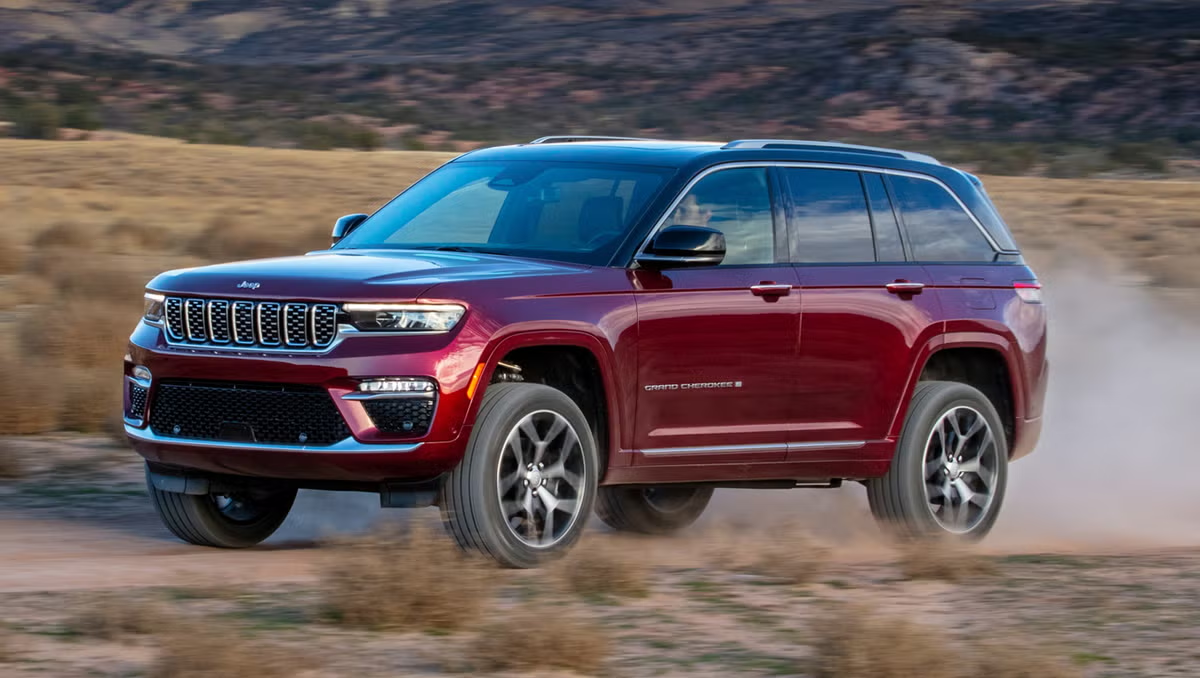
Conversely, the base Laredo trim, while still capable off-road and comfortable for daily driving, lacks many luxury touches and advanced features. Its simpler interior and limited technology offerings result in a lower resale value because many used buyers prioritize comfort and tech upgrades.
Additionally, Jeep’s reputation for reliability and ruggedness helps all trims retain reasonable value, but the clear preference in the used market for higher trims with better features creates a noticeable depreciation gap.
For buyers who want to maximize resale value, investing in higher trims with enhanced technology, comfort, or performance packages is a smart strategy. The trim level plays a pivotal role in the Grand Cherokee’s resale dynamics, underscoring its importance in purchase decisions.
4. Ford F-150
The Ford F-150 is America’s best-selling pickup and a benchmark for trucks across the industry. One of the reasons for its massive popularity is the wide variety of trims offered—from the basic XL to the luxurious Limited and the off-road-ready Raptor. This broad lineup causes significant variation in resale values depending on trim.
The base XL trim is often chosen by commercial buyers or fleet operators who prioritize function over comfort or technology.
As a result, these trucks tend to see higher mileage, tougher use, and quicker depreciation, which lowers their resale value. They also lack advanced safety features and creature comforts that are increasingly important to used buyers.
Higher trims like the Lariat, King Ranch, Platinum, and Limited offer more refined interiors, advanced driver-assist technologies, premium sound systems, and powerful engine options.
These trucks appeal more to retail buyers who use their trucks as daily drivers or family vehicles. Consequently, they hold their value better in the used market because they meet the growing demand for versatile trucks that combine utility with luxury.
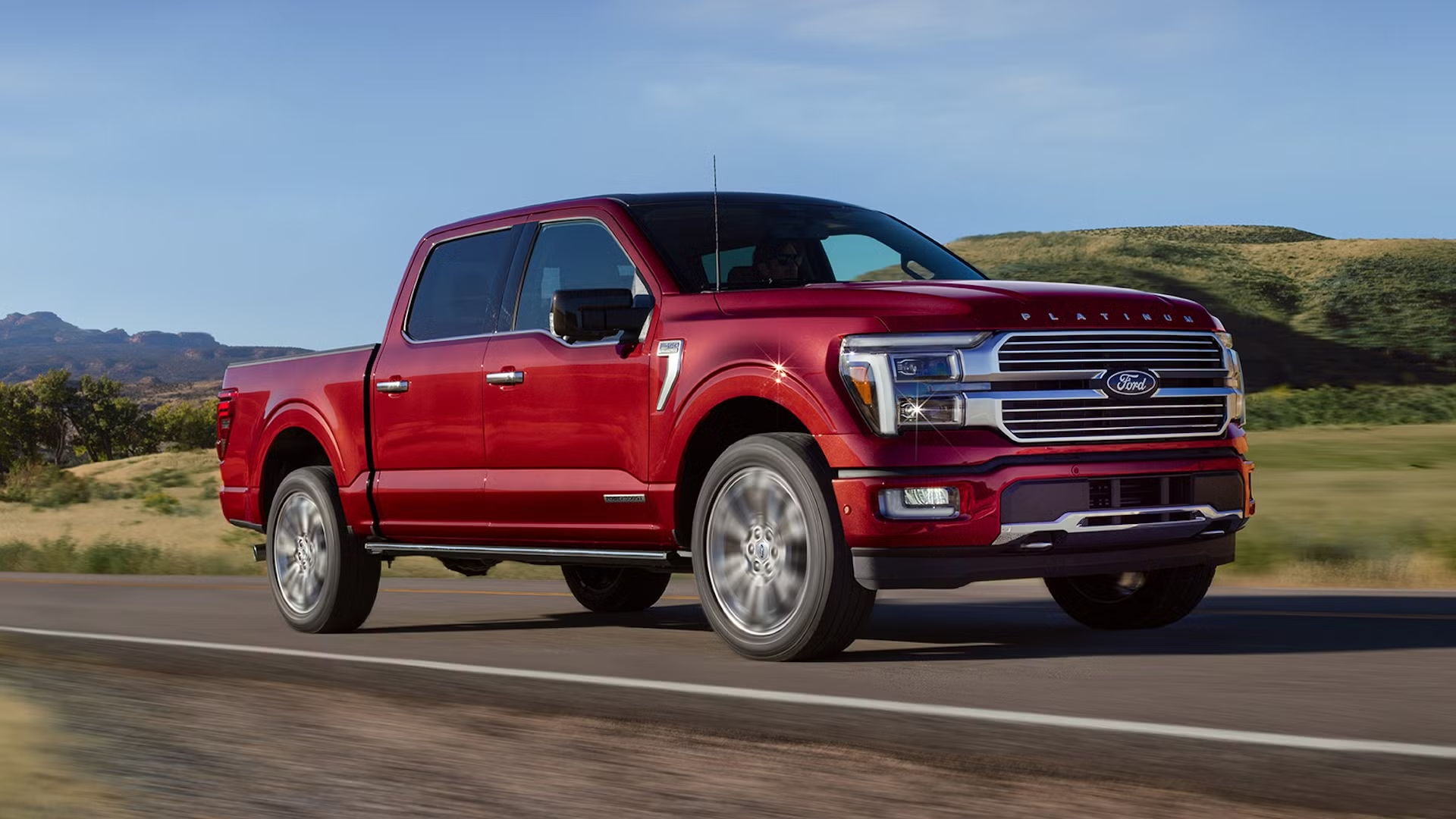
The Raptor trim, with its high-performance off-road capabilities, aggressive styling, and powerful engines, commands a premium in resale value.
Enthusiasts and buyers looking for specialized trucks are willing to pay more for these trims, resulting in stronger retention of value.
In summary, the Ford F-150’s resale value is heavily influenced by trim selection. While base trims serve a vital role in work fleets, it is the higher-end trims that retain value better over time, making trim a critical factor for buyers focused on long-term value.
5. Tesla Model 3
The Tesla Model 3, a game-changer in the electric vehicle (EV) market, exhibits significant resale value differences across its trim levels.
The Model 3 comes in several versions, from the Standard Range Plus to the Long Range and Performance trims, each offering distinct driving ranges, acceleration capabilities, and features.
The Standard Range Plus is the most affordable Model 3, providing a practical entry point into the EV world with decent range and basic features.
However, its resale value tends to be lower compared to the higher trims, primarily due to its shorter electric range and fewer premium options.
Long Range and Performance trims come with larger battery packs, longer driving ranges, dual motor all-wheel drive, and sportier acceleration. These upgrades not only improve the driving experience but also enhance the vehicle’s appeal on the used market.
Buyers often prioritize longer-range EVs because they reduce “range anxiety” and offer more flexibility for daily driving and road trips.
Performance trims add enhanced brakes, suspension tuning, and premium interior options, attracting enthusiasts willing to pay a premium for superior driving dynamics. This desirability translates to stronger resale values for higher trims.
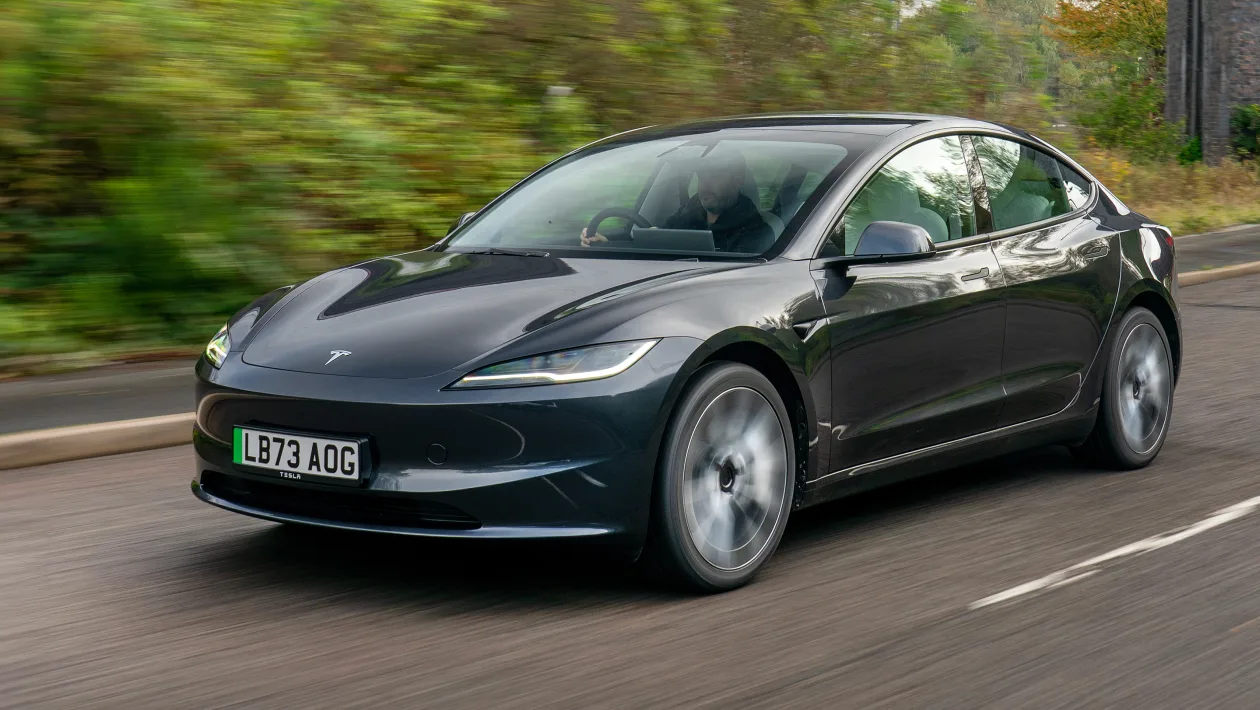
Another factor impacting resale is Tesla’s continuous software updates and feature rollouts, which are generally available to all trims, somewhat mitigating the value gap.
However, the substantial difference in hardware capabilities, particularly battery size and drivetrain, keeps resale values skewed in favor of the higher trims.
For buyers considering a Tesla Model 3, understanding how trim level affects resale value is crucial for making a smart investment in an EV that balances cost, range, and long-term value retention.
5 Vehicles Whose Resale Doesn’t Vary Much
While many vehicles experience significant resale value differences depending on trim level, there are several models where trim choice has little impact on how much the car retains its worth.
In these cases, base and higher trims tend to depreciate at similar rates, reflecting a stable market demand across all versions.
This phenomenon can be attributed to several factors including standardized features across trims, strong brand reputation, and consistent appeal to a broad buyer base.
Vehicles with minimal resale value variation between trims often have less drastic differences in equipment and performance, making the base model nearly as desirable as the top trim for many buyers.
For example, if safety features, technology packages, and engine options are similar across trims, buyers looking at used cars may not place a premium on higher-level trims.
Additionally, certain brands maintain strong reliability and cost-effectiveness across their lineup, making all trims equally attractive on the used market.
This trend is particularly common in well-regarded compact cars, reliable family sedans, and some mainstream SUVs where simplicity and dependability outweigh the lure of luxury features or performance upgrades.
Furthermore, in segments with strong competition and high volume sales, trim level differences tend to blur in resale pricing.
In this section, we explore five vehicles where resale value remains consistent regardless of trim level. Understanding why some vehicles exhibit this stability helps buyers prioritize features and pricing without worrying excessively about depreciation differences.
These examples illustrate how a vehicle’s overall appeal and market position can outweigh trim distinctions when it comes to retaining value over time.
1. Toyota Camry
The Toyota Camry is a staple in the midsize sedan market, renowned for its reliability, fuel efficiency, and overall value. One notable aspect of the Camry is how closely its resale values track across different trim levels.
Whether it’s the base LE, the well-equipped XLE, or the sportier XSE, the differences in depreciation are relatively minimal compared to many other vehicles.
A major reason for this uniformity is Toyota’s reputation for durability and low maintenance costs, which attracts used car buyers regardless of trim.
The Camry’s core strengths—comfortable ride, strong safety features, and excellent fuel economy—are present across all trims.
While higher trims offer additional tech, leather upholstery, and premium audio, these features are often seen as nice-to-have extras rather than must-haves when it comes to resale.
Another factor is that Toyota ensures that even the base trim has a comprehensive set of standard safety features, such as Toyota Safety Sense, which levels the playing field across trims.
Buyers looking for dependable transportation in the used market often prioritize these fundamentals over luxury touches, keeping resale values consistent.
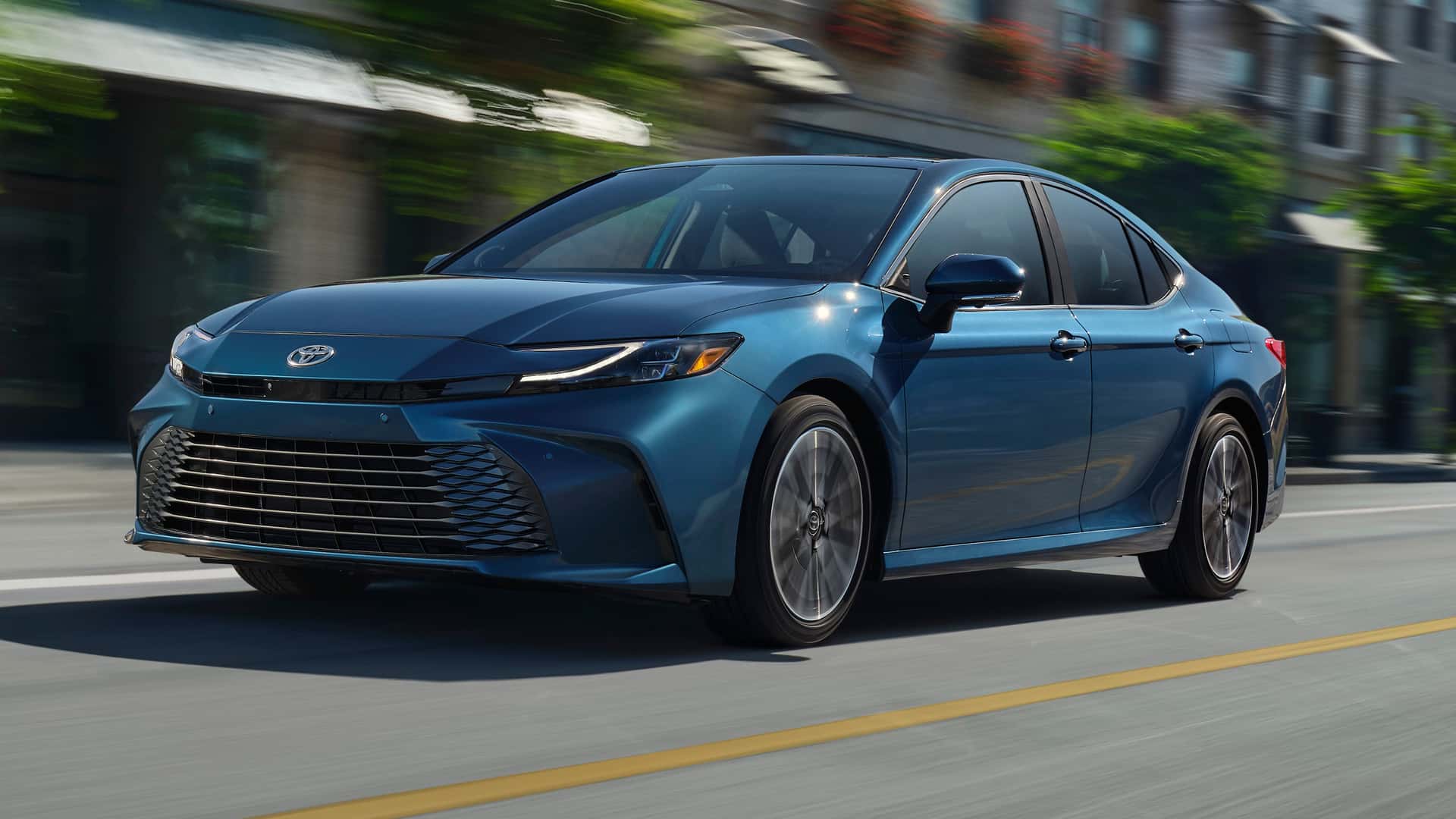
Furthermore, the Camry’s widespread popularity and high sales volume create a robust used market where all trims remain in demand. This consistency ensures that base trims do not suffer steep depreciation relative to their more expensive counterparts.
In summary, the Toyota Camry’s balance of reliability, safety, and practicality across all trim levels results in resale values that vary little with trim choice, offering buyers confidence that they’re making a sound investment no matter which version they select.
2. Honda CR-V
The Honda CR-V is one of the best-selling compact SUVs in the United States, known for its practicality, reliability, and efficient performance.
One standout characteristic of the CR-V is how little its resale value fluctuates across different trim levels. Whether you opt for the base LX, the mid-level EX, or the fully loaded Touring, the depreciation rates tend to be fairly consistent.
This consistency arises largely because Honda offers a well-rounded package across all trims. Even the base CR-V LX comes with a strong set of standard safety features, a spacious interior, and efficient powertrain options.
Many of the advanced driver-assist technologies and comfort amenities that come with higher trims are desirable but not essential in the used market, where buyers often prioritize dependability and utility.
Additionally, the CR-V’s solid reputation for long-term reliability makes all trims attractive to secondhand buyers.
The vehicle’s strong resale value is supported by its fuel efficiency, versatile cargo space, and Honda’s track record for low maintenance costs, which remain constant regardless of trim.
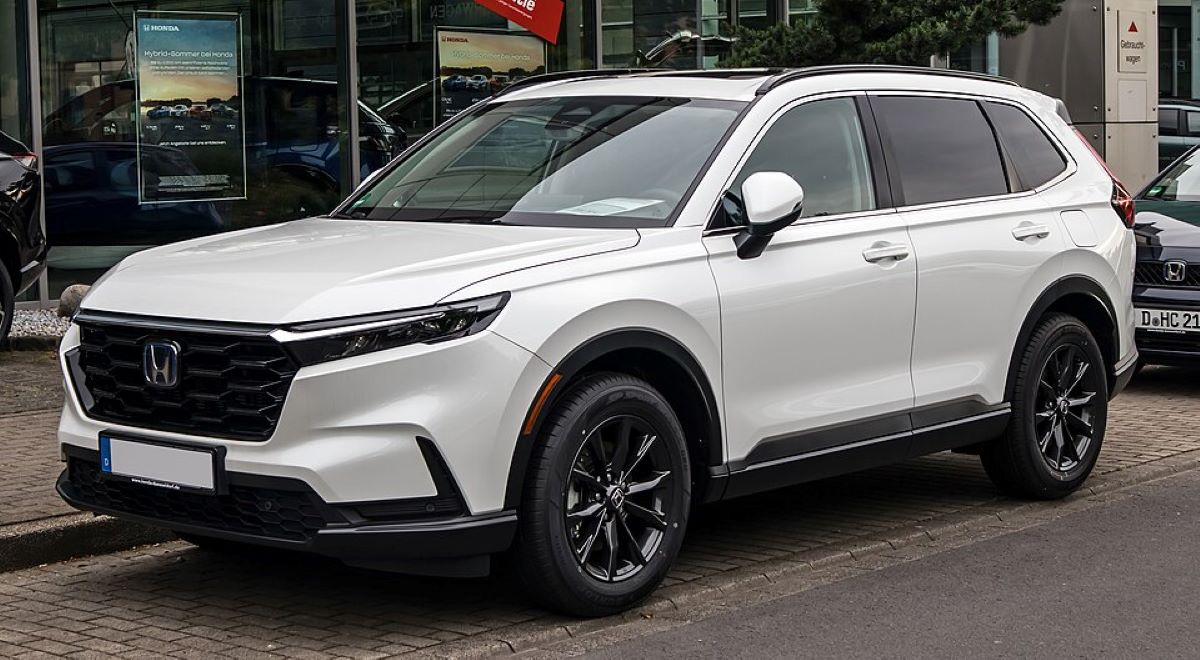
Another factor contributing to the uniform resale value is the limited performance or powertrain variation between trims. Most CR-V trims use the same engine and transmission, which simplifies the market’s valuation of used vehicles.
Finally, the high demand for used CR-Vs keeps prices relatively stable across trims. Buyers seeking affordable, dependable SUVs often find base models just as appealing as top trims, contributing to minimal differences in resale depreciation.
In essence, the Honda CR-V’s well-balanced trim levels and steadfast reliability ensure resale values remain steady, providing buyers with confidence in whichever version they choose.
3. Subaru Outback
The Subaru Outback has carved out a niche as a reliable, all-weather capable wagon that appeals to buyers looking for practicality combined with ruggedness.
One of the standout features of the Outback’s resale value is that it remains relatively consistent regardless of trim level, whether it’s the base model, the Premium, or the Limited.
A key reason for this stable resale pattern is Subaru’s reputation for durability and the standard inclusion of its signature all-wheel-drive system across the entire lineup.
This AWD system is a significant selling point in both new and used markets and doesn’t vary with trim. Buyers appreciate the Outback’s dependable performance in diverse climates, which helps maintain demand for all trims.
While higher trims offer upgraded interiors, advanced safety tech, and more luxury touches, these do not drastically affect resale because the core functionality and capability of the vehicle remain the same.
The base Outback still provides plenty of utility and essential features, making it attractive to practical buyers in the used market.
Another contributing factor is the Outback’s broad appeal as a family vehicle and outdoor adventurer’s choice. Many used buyers prioritize the vehicle’s capability and reliability over additional luxury amenities, resulting in consistent resale values across trims.

Furthermore, Subaru’s strong brand loyalty and solid track record for retaining value also minimize trim-based depreciation differences. In segments like wagons and crossover SUVs where utility and dependability dominate, trim plays a smaller role in resale valuation.
Overall, the Subaru Outback’s balance of standard features, AWD capability, and strong brand reputation ensures that resale values stay fairly uniform, no matter which trim level buyers select.
4. Hyundai Tucson
The Hyundai Tucson is a popular compact SUV that has steadily gained market share due to its value-packed features, modern design, and strong warranty coverage.
One notable trait of the Tucson is how resale values remain fairly stable across different trim levels, from the base SE to the top-tier Limited or Ultimate trims.
This consistency is largely due to Hyundai’s strategy of equipping even the base trims with competitive standard features, including advanced safety technologies, touchscreen infotainment, and driver assistance systems.
As a result, buyers in the used market see the base trims as offering substantial value, reducing the premium placed on higher trims.
Moreover, the powertrain options across Tucson trims are generally uniform, with most models sharing the same efficient four-cylinder engine and transmission pairing.
This lack of significant performance variation keeps used vehicle valuations consistent, as buyers are less influenced by trim-specific performance upgrades.
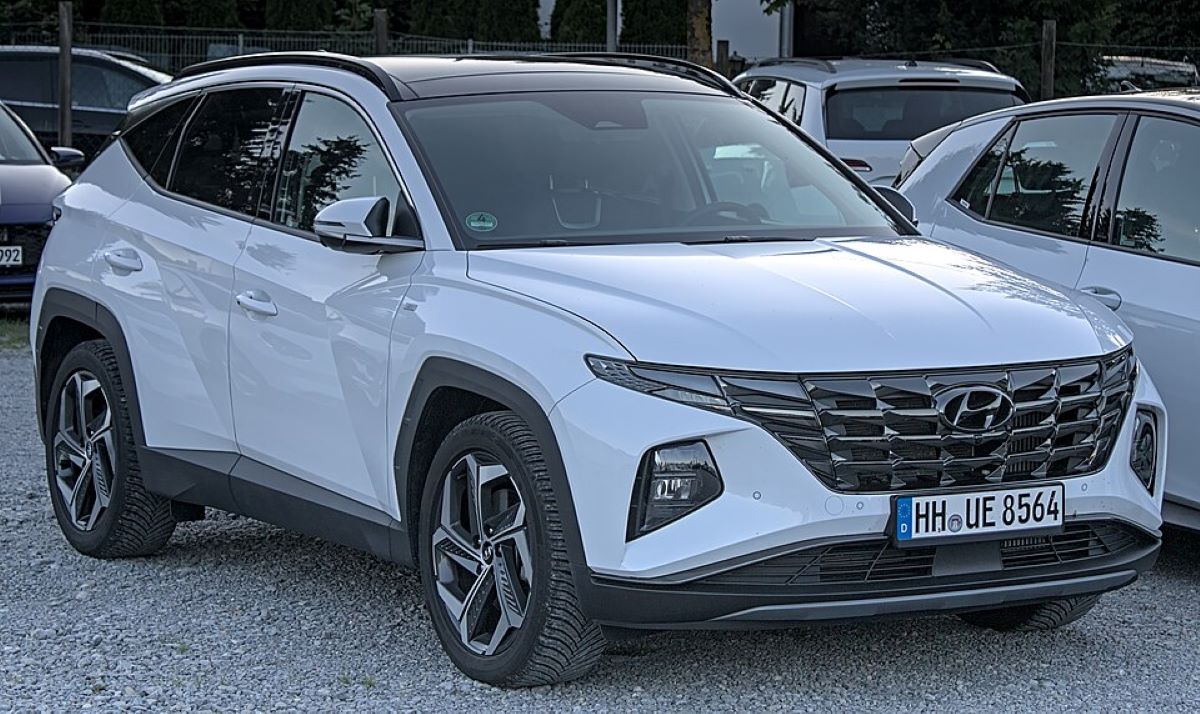
The Tucson’s strong reputation for reliability and a generous warranty further bolsters its appeal across trims. Many used buyers value low maintenance costs and dependable ownership experience, attributes that Hyundai delivers broadly across the lineup.
Additionally, the Tucson’s competitive pricing and broad appeal as a family-friendly, affordable SUV help maintain strong demand for all trims in the used market. This demand helps keep depreciation differences minimal.
In summary, the Hyundai Tucson’s well-rounded features, consistent powertrain offerings, and strong value proposition contribute to a resale market where trim level plays a minor role in determining vehicle worth.
5. Mazda CX-5
The Mazda CX-5 is widely praised for its blend of sporty handling, upscale interior, and overall value in the compact SUV segment. One of its notable resale characteristics is that trim level has a relatively small impact on how well it holds its value over time.
A primary reason is Mazda’s approach to packaging. Even the base Sport trim comes with a well-appointed interior, solid safety features, and efficient performance.
While higher trims like the Touring, Grand Touring, and Signature add luxury touches and advanced tech, these additions do not drastically change the vehicle’s core appeal for used buyers.
Another factor is that the CX-5’s powertrain choices are limited and consistent across trims, generally centered around the same 2.5-liter four-cylinder engine. This uniformity simplifies valuation in the used market, with buyers less concerned about trim-specific power upgrades or performance variants.

Mazda’s reputation for reliability and stylish design keeps demand steady across all trim levels. Many used buyers seek the CX-5 for its driving dynamics and refined cabin rather than for premium features exclusive to top trims.
Additionally, the CX-5’s moderate pricing and strong resale compared to competitors help maintain stable values across trims. This balance allows buyers to confidently purchase any trim without fearing excessive depreciation related to trim choice.
In conclusion, the Mazda CX-5’s consistent performance, well-rounded feature set, and strong brand reputation lead to resale values that don’t vary significantly between base and high trims.
When it comes to resale value, trim level can play a pivotal role for some vehicles, while for others, it makes surprisingly little difference.
Our exploration of five vehicles whose resale depends significantly on trim versus five where resale values remain stable regardless of trim reveals key insights into buyer behavior, brand strategy, and vehicle design.
Vehicles like the Tesla Model 3, BMW 3 Series, Ford F-150, Mercedes-Benz C-Class, and Lexus RX demonstrate how performance, luxury features, and powertrain upgrades can dramatically influence resale value.
Buyers in the used market often place a premium on extended range, superior performance, advanced technology, and luxury appointments, all of which are concentrated in higher trims.
This demand keeps resale values for top trims significantly higher than base models. For these vehicles, investing in a higher trim can be a strategic move for owners concerned about long-term value retention.
Conversely, vehicles such as the Toyota Camry, Honda CR-V, Subaru Outback, Hyundai Tucson, and Mazda CX-5 show how strong baseline features, uniform powertrains, and robust brand reputations create more level resale value across trims.
In these cases, the core attributes that buyers seek—reliability, safety, and practicality—are available even in base models. The consistent demand for these fundamental qualities keeps depreciation differences minimal, allowing buyers flexibility in trim choice without sacrificing resale value.
Understanding these distinctions helps both new car buyers and used vehicle shoppers make informed decisions. If maximizing resale value is a priority, some vehicles clearly reward investing in higher trims.
However, in other models, the value lies in dependable performance and broad appeal that transcend trim-level upgrades.
Ultimately, knowing how trim affects resale in specific vehicles empowers consumers to balance their budget, feature desires, and long-term financial considerations.
Whether you prefer a luxury-packed ride or a reliable everyday vehicle, matching trim choice with resale expectations ensures smarter purchasing decisions in today’s diverse automotive market.
Also Read: 5 Cars That Are Great for Uber Drivers and 5 That Kill Your Earnings

